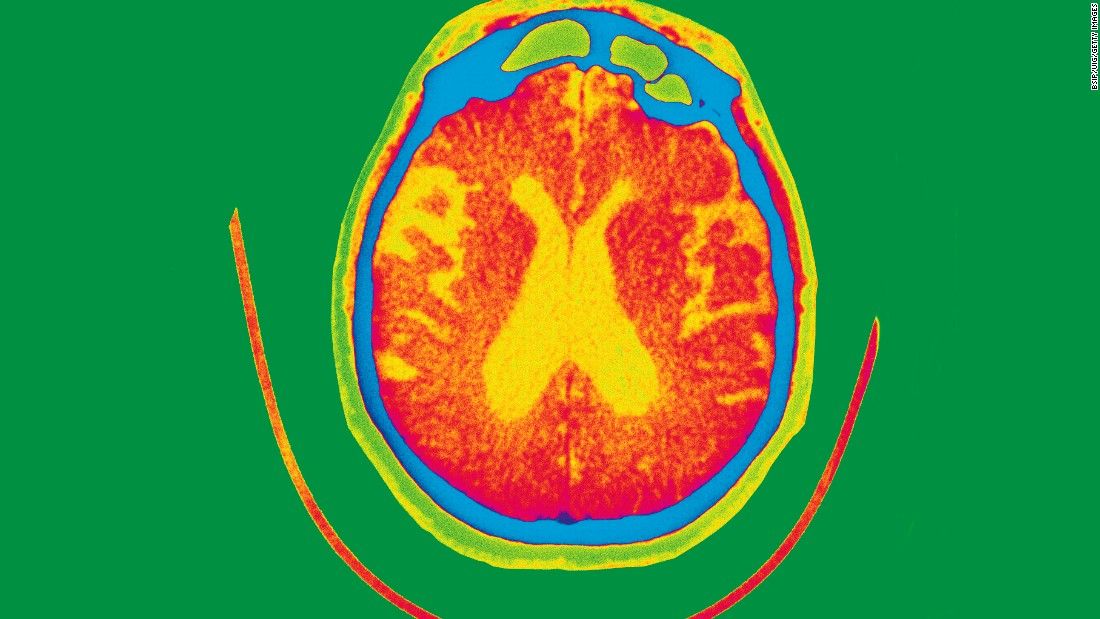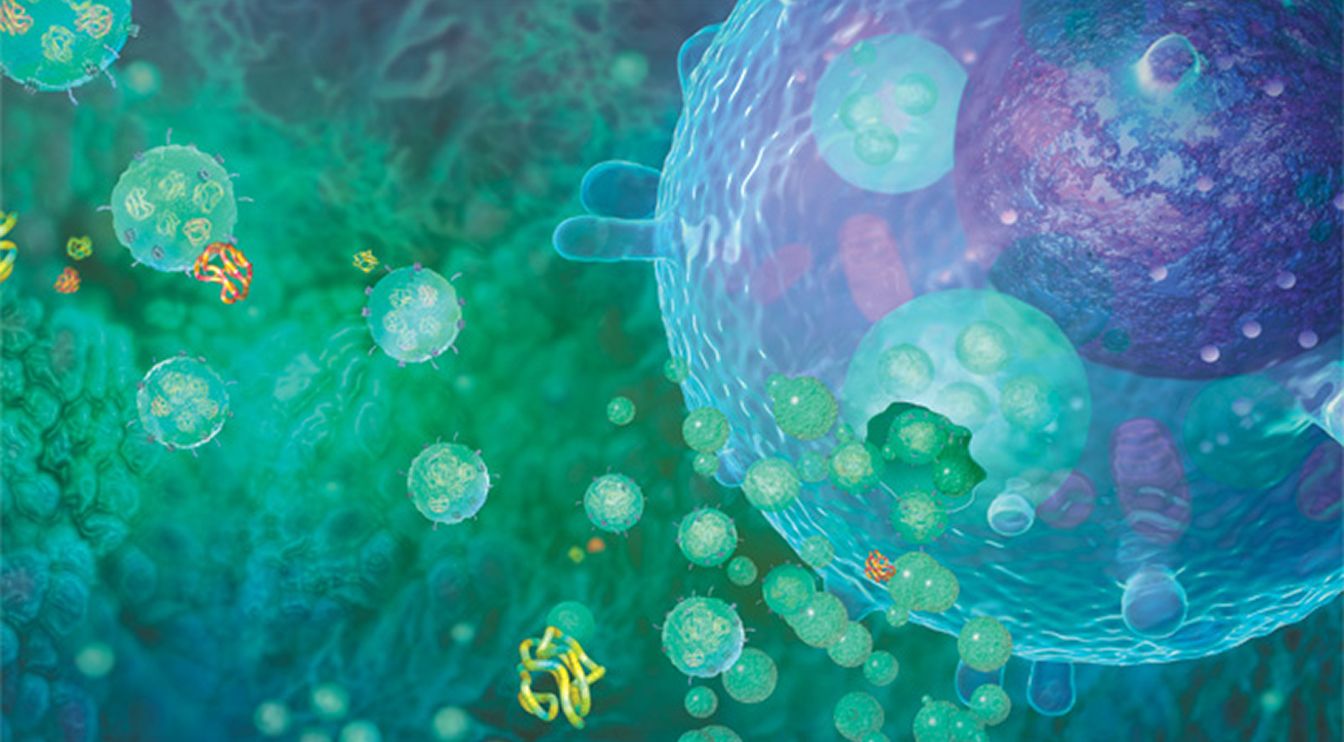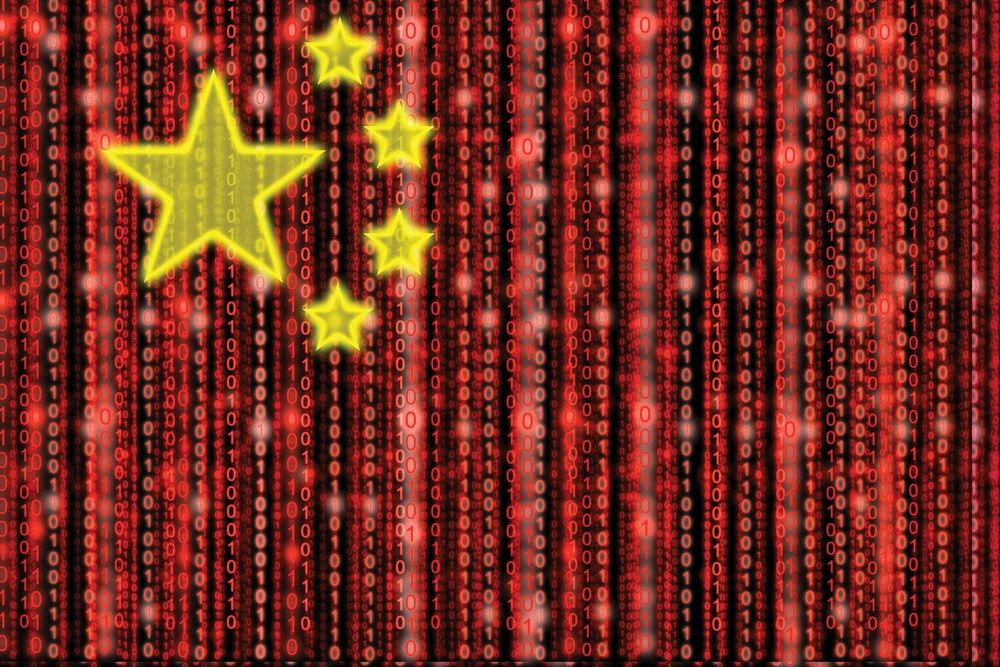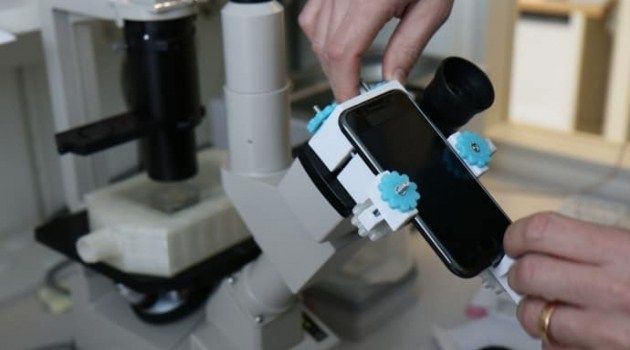Dec 26, 2016
China Claims Promising Results In EmDrive Testing, Stakes Big Claim In ‘Space Race’
Posted by Klaus Baldauf in category: space travel
Could the so-called EmDrive be close to debuting for real, helping spacecraft travel through space and producing thrust without the help of propellant? One month after NASA’s exciting study on the drive that suggested it may work, Chinese researchers have just confirmed that they’ve been running some tests on their own version of the drive in low-Earth orbit, adding some intrigue to what some have called a modern-day “space race” with the U.S.
According to Digital Trends, the EmDrive was originally designed in 2001 by Roger Shawyer as a propulsion system that doesn’t rely on conventional means to operate. That means that it doesn’t make use of fuel to do its work, thus making spacecraft considerably lighter and easier to maneuver, while also potentially reducing costs. Another exciting aspect of the drive is its potential to push spacecraft to unusually high speeds – as Digital Trends described it, that could mean sending humans to the outer reaches of the solar system in mere months, instead of years.
#EMdrive w/ Carbon 14 #diamondbattery could allow our children to explore space using radioactive waste. @cabotinstitute @neiltyson pic.twitter.com/e76rMERCTx






 עברית (Hebrew)
עברית (Hebrew)










